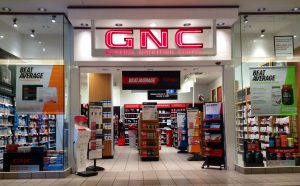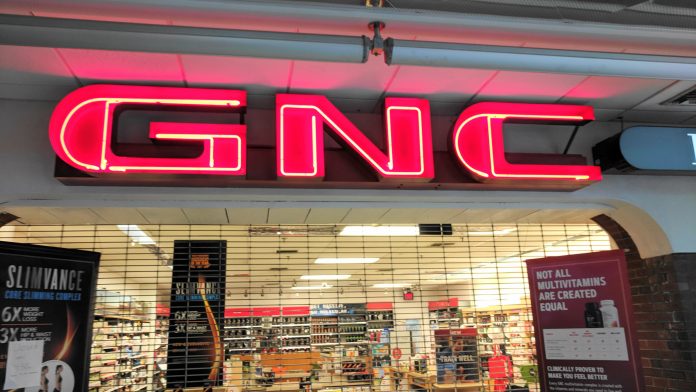The retailer has struggled for years to increase sales as it tried to pay down more than $900 million in debt, and deal with the pandemic which forced it to shutter about 40% of its stores.
The company reported a $200 million loss during the first quarter of this year, and in June of this year, it warned that some of its temporary store closures could become permanent.
As interesting it might sounds, the filing for protection came days after GNC paid nearly $4 million in cash bonuses to top executives, including $2.2 million for CEO Kenneth Martindale. Four other executives, including the chief financial officer and chief human resource officer, received a combined $1.7 million in bonuses, according to company documents filed Wednesday with the Securities and Exchange Commission.
The bonuses were paid June 18, five days before the bankruptcy filing. Executives will have to pay back 25% of their after-tax bonuses if the company does not emerge from bankruptcy within a year, according to the filing.
The chain, founded in 1935 in Pittsburgh, is the sixth major U.S. retailer to fill during the pandemic, which has already led to thousands of permanent store closures and billions in lost sales across the industry.
GNC said it had both assets and liabilities between $1 billion and $10 billion. Annual revenue fell 12% last year to $2.07 billion. GNC has 5,200 U.S. stores and 1,600 locations inside Rite Aid pharmacies.
For years, GNC was the country’s go-to retailer for vitamins, protein powders and nutritional supplements. But by 2015, analysts said it was rapidly losing market share to chains such as Walmart, Target, CVS and Costco that moved quickly into the company’s health and wellness niche.
The rise of e-commerce also chipped away at GNC’s dominance as shoppers turned to Amazon and other discount websites for health and wellness products.
There were other missteps, too. The retailer, which was “best known for its muscle-building formulations” was slow to pivot to natural health, nutrition and wellness products popular among baby boomers, according to David Silverman, a senior director at Fitch Ratings.
 Many GNC stores are located in second- and third-tier malls, where traffic has dwindled for years. By 2016, sales and profits had begun to decline. The company was also aggressively buying back shares of its stock with large swaths of borrowed money, which left it deeply indebted at the same time that profits fell off a cliff. That debt casts a shadow over the company’s finances.
Many GNC stores are located in second- and third-tier malls, where traffic has dwindled for years. By 2016, sales and profits had begun to decline. The company was also aggressively buying back shares of its stock with large swaths of borrowed money, which left it deeply indebted at the same time that profits fell off a cliff. That debt casts a shadow over the company’s finances.
Profits, which totalled $219 million in 2015, swung to a $286 million loss a year later. More recently, GNC was facing a $160 million in debt payment due in August, and another $450 million due next March.
”There are typically two reasons for bankruptcy filings – you either run out of cash or you’re unable to meet upcoming debt obligations, and this was the latter,” said Silverman, who downgraded the company’s credit rating in March. “
GNC had liquidity, it was able to manage the COVID crisis fairly well, but it was facing significant [debt] maturities that it was unable to meet.”Shares of the company’s stock tumbled nearly 25% on Wednesday to close at 61 cents per share, down from a peak of $60 in 2013. Shares are down nearly 80% this year.
GNC will continue operating, but it will become a smaller company. It plans to close up to 20% of its 5,800 retail stores, which amounts to as many as 1,200 locations across the United States. GNC also sells its products in an additional 1,200 Rite Aid (RAD) stores.








